Five months on from the revelation that Dundee University faces a £30 million deficit we have arrived at the same conclusion that was known from day one — the Scottish Government will have to bail out the institution.
The intervening five months has seen the university lurch from one disaster to another.
We now have an advisory group of Scottish university principals supporting what remains of the University Executive Group (UEG); an internal audit being carried out by PwC; an independent investigation into financial oversight and decision making, and most recently the Scottish Government’s advisory taskforce.
The reason for such high-level intervention has been the utter failure of the UEG to change direction since November 12 2024 or to demonstrate competence.
Instead, the UEG has been burning the university to the ground.
It has been completely unable to gain bank finance, running down the clock on its ability to pay salaries and keep the lights on. It has also provided textbook examples in how to fail at public relations with the abandoned proposal for a £200,000 interim transformation director.
And it had its competency questioned in public in their infamous appearance before the Scottish Parliament’s education committee.
The result of this has meant that six of the nine original UEG members have left, are leaving the university or are on special leave.
A financially secure university – at least for now
It may come as a surprise to know that the immediate threat to the university’s existence, due to poor cashflow, has been averted in the short-term.
The government bailout of £22m provides the liquidity needed until the normal funding cycle starts in August 2025.
Students considering their options and arriving in September can be confident that the university will have arisen from the ashes, that modules and programmes will be running, and that staff at the university will be delighted to welcome them.
The cashflow crisis
The university’s financial crisis was explained as a cashflow crisis in which the university would run out of cash to pay salaries in June 2025.
The government’s £22m bail-out has brought the the cash balances closer to their historic level, prior to the post-covid bubble.
In fact, we would argue, the cash balances need a further input of around £12m to bring it up the pre-coronavirus level.
Why the university did not ask for this additional funding, especially when the Scottish Government has repeatedly stated further funding would be considered, remains unanswered.
A manufactured crisis
The university’s executive have all along claimed rising staff costs are the central cause of the deficit.
In 2023-24 full-time equivalent staff numbers rose by 6.8%, though the cost of employing them increased by 5.5%.
This clearly demonstrates that each member of staff is costing the university less.
Instead, we believe the large increase in capital expenditure on land, buildings and equipment, such that its unreserved assets have risen from £160m to £230m last year alone, has had more of an influence.
When it comes to staffing, due to unfilled vacancies and a hiring freeze, it is now back to pre-pandemic levels.
Rising from the ashes
Protecting educational provision is now a key requirement for the future of the university.
Student numbers will again be hit in 2025-26 by the contradictory messages coming from management.
Informing the Scottish Government that modules and programmes will be cut significantly while telling prospective students the opposite is not a way to build trust.
Instead, a new model of higher education is required.
It should be one that recognises that marketisation of UK higher education, based upon pushing unsustainable debt onto students, must be abandoned.
UK higher education has been run as a price fixing cartel since student fees were introduced.
Universities across the UK have charged students the maximum possible for their education. Fees for UK students, from outside Scotland, are set at the maximum level of student loans.
For Scottish students, where tuition fees are not charged, prices for accommodation are set at the maximum debt provided to students through the Student Loan Company.
For international students too the commissions and agency fees paid out of students’ tuition fees to private recruitment companies runs to many millions of pounds every year.
The University of Dundee must now abandon this price-fixing cartel and slash these costs, and in so doing increase the number of students coming into the university.
As any first-year economics student will tell you, if you charge a lower price demand increases.
There can be no stronger signal that the phoenix will rise from the ashes than publicly committing to a genuine, sustainable and coherent recovery of the university which must include no compulsory redundancies, more transparent and democratic management and governance, and more realistic fees and accommodation costs.
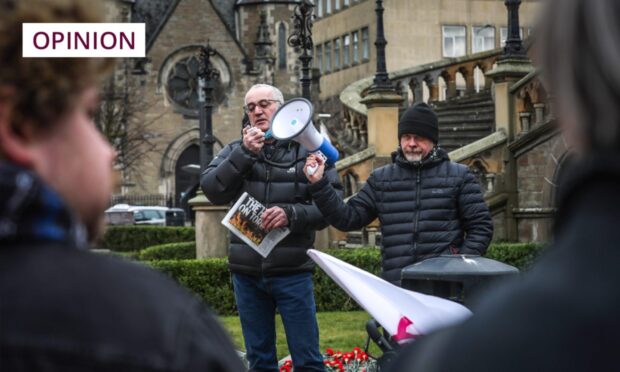
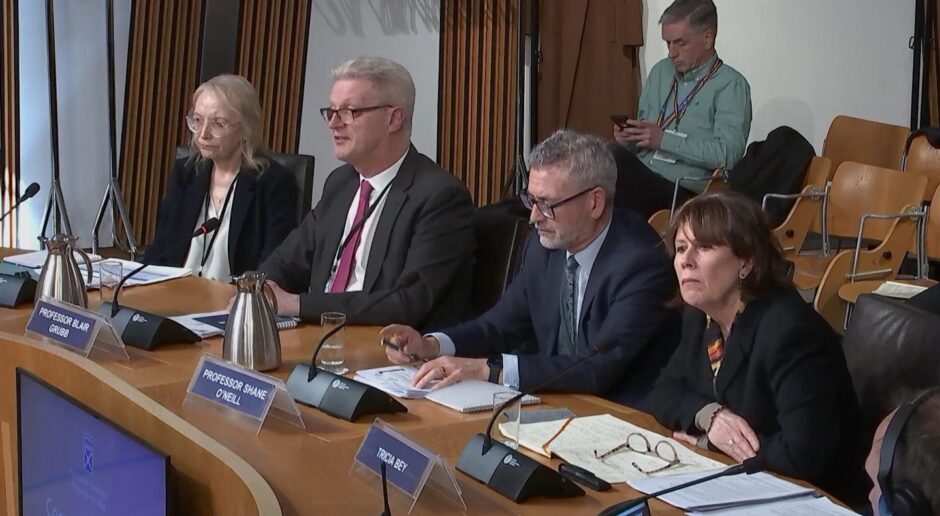

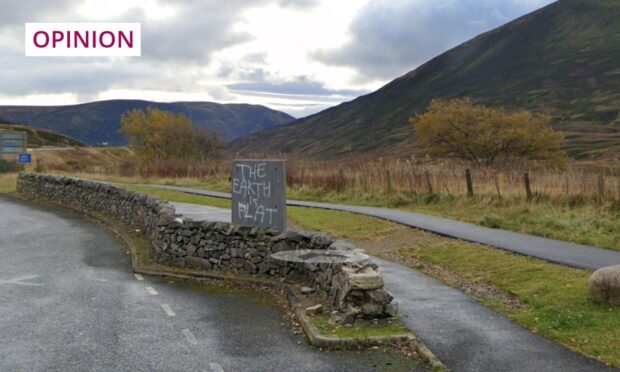

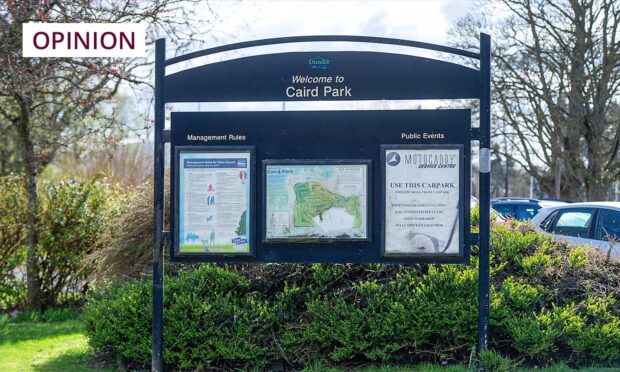
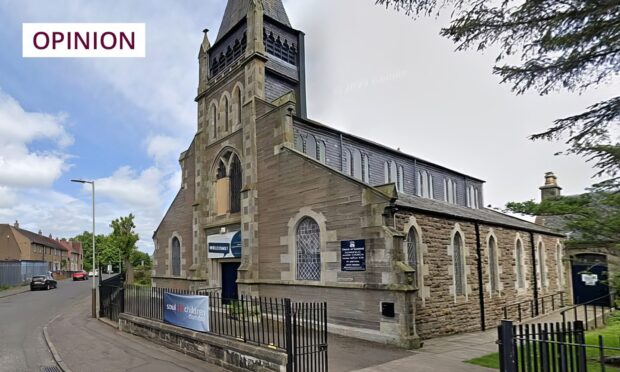
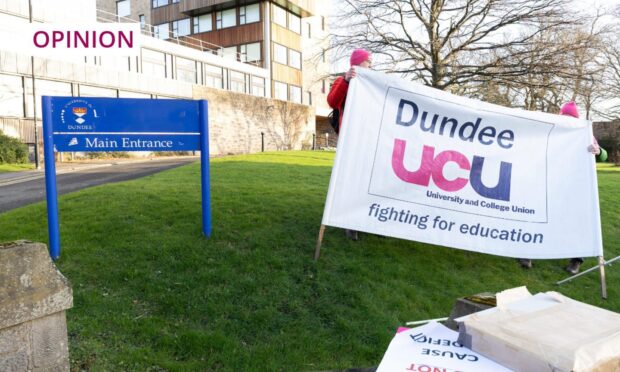
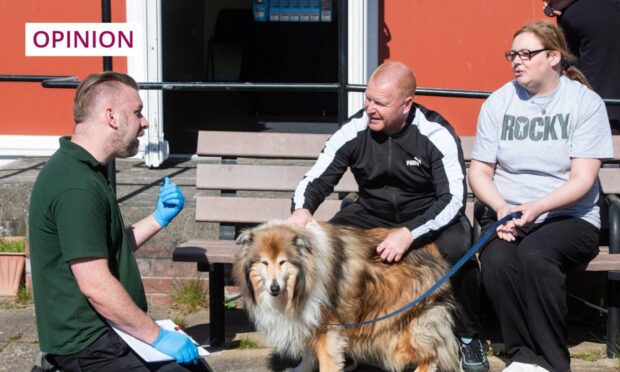
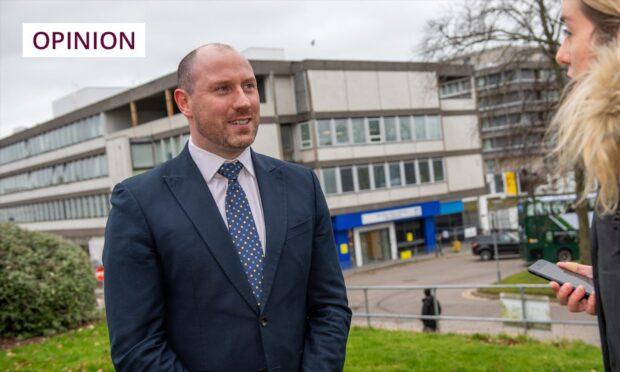
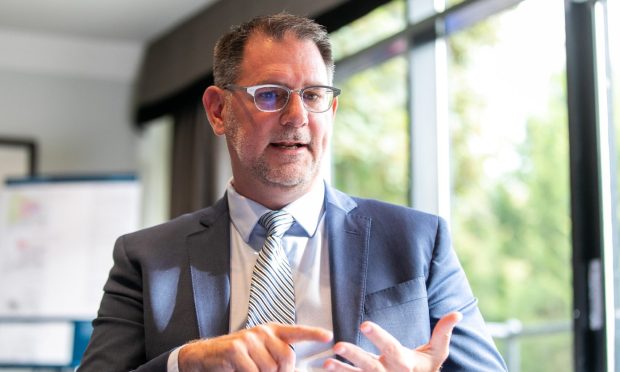
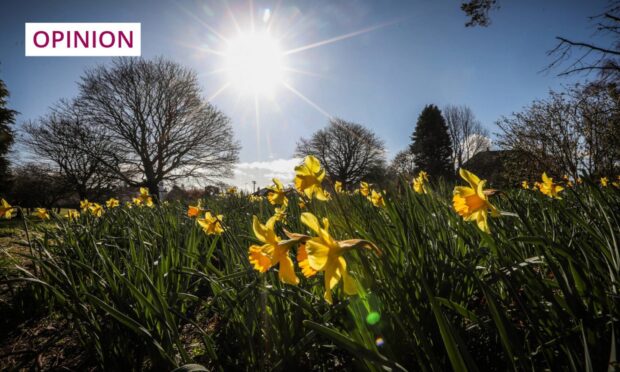
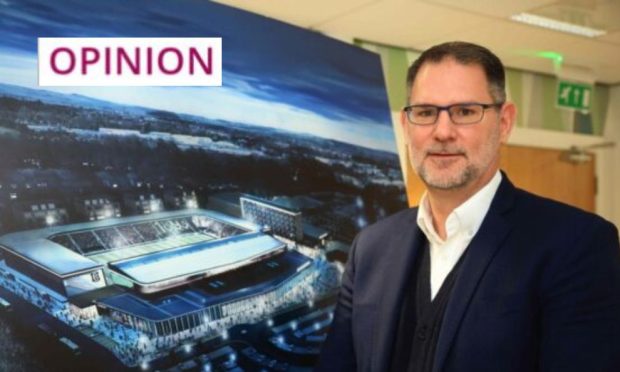
Conversation